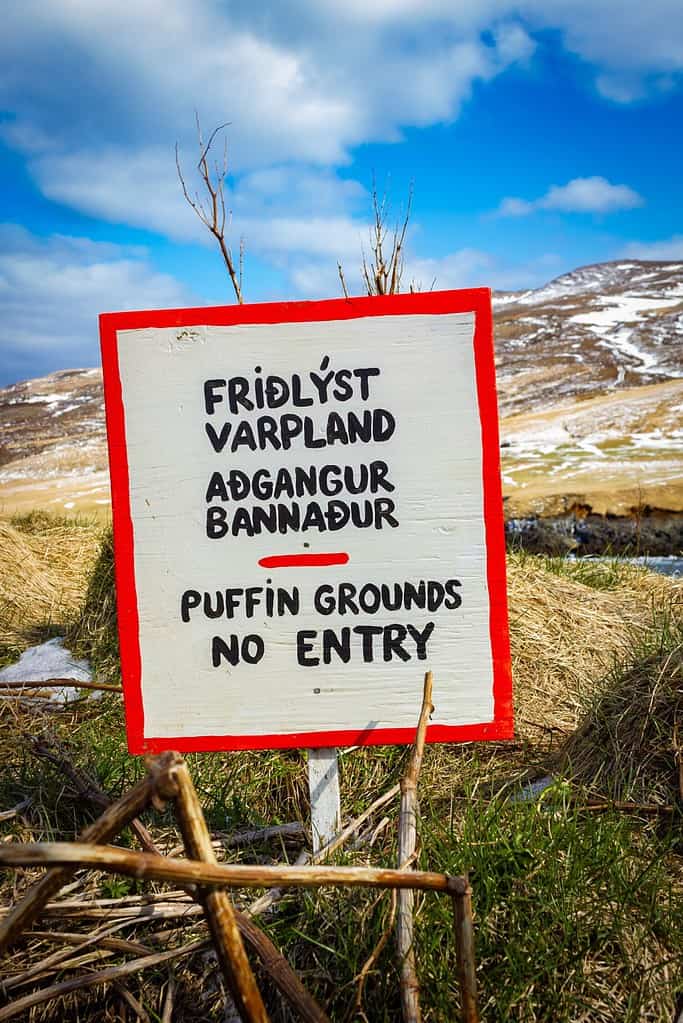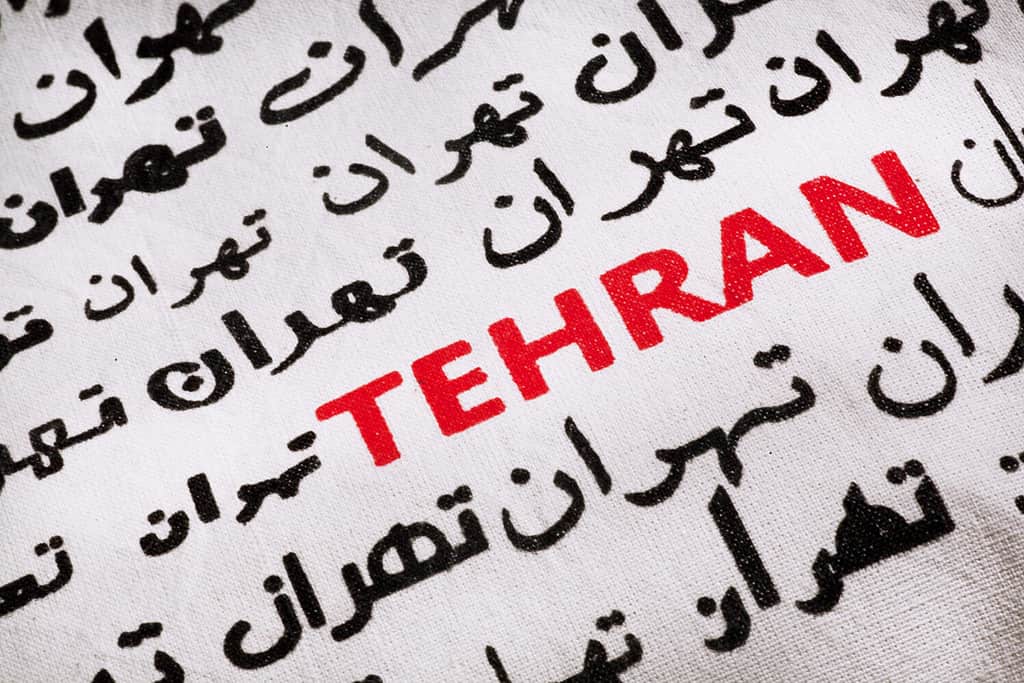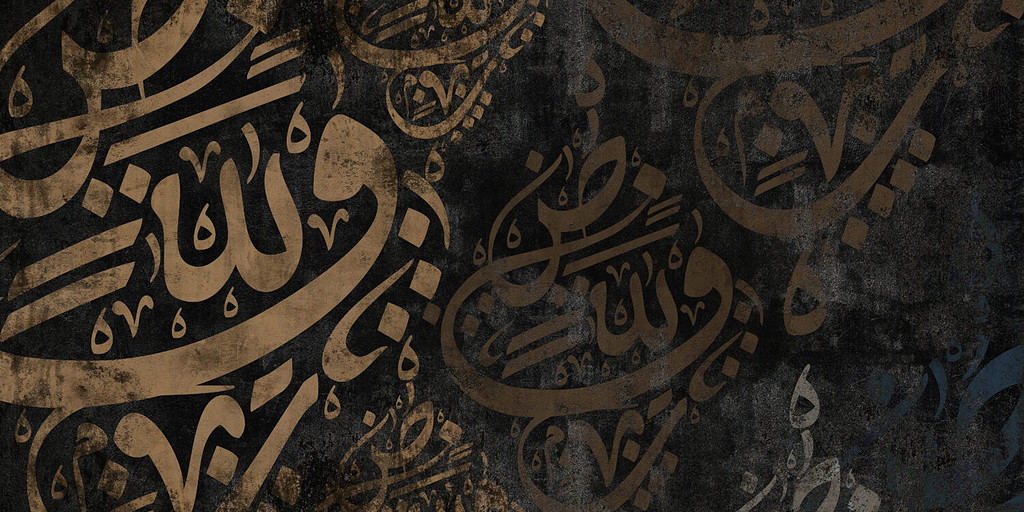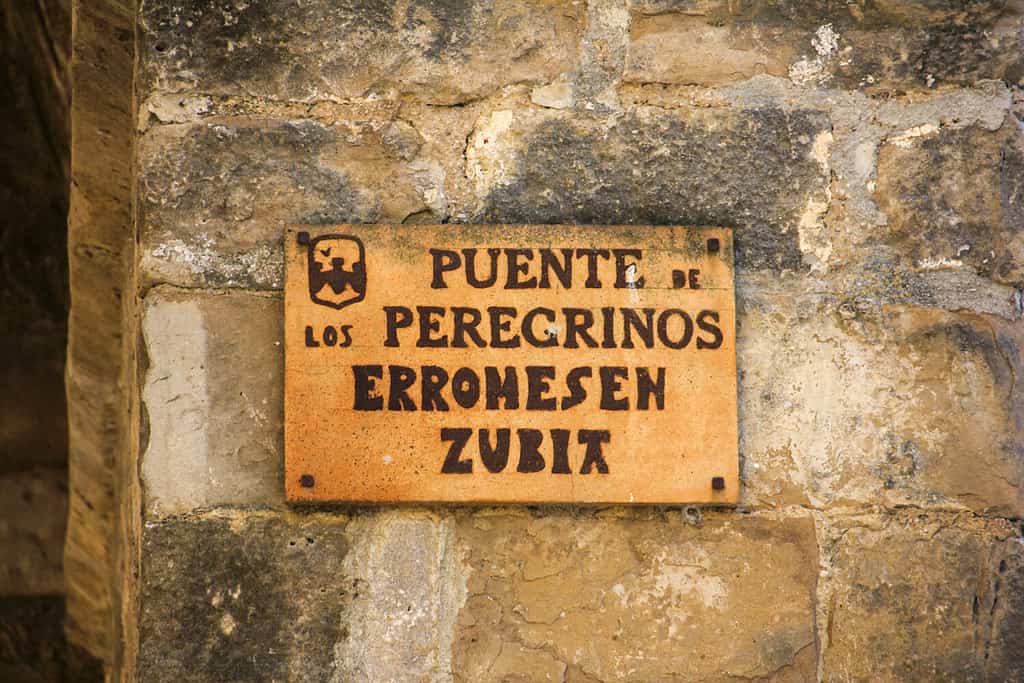What are the 11 oldest languages in the world still used today? It depends on how you define a living language. The problem with dating today’s extant languages is that written records of root languages almost always need to exist to establish a timeline. Because of this, some regional or indigenous languages are excluded because it’s impossible to date their longevity.
However, some languages with ancient origins are verifiably similar to what is still used today. In this article, living languages are defined as languages that average fluent speakers can still vaguely recognize despite a huge time between its inception and its current usage. We’ll take a look at some of these languages still used today.
11. Ojibwe: 1000 Years Old

Ojibwe is an endangered language originating from First Nations people living near the Great Lakes.
©iStock.com/PeterHermesFurian
The Ojibwe language is an indigenous language found in North America. It is the second most common First Nations language, and its speakers exist in and around the Great Lakes region. Diasporas also exist that originated from this area.
Ojibwe is an endangered language with only 57 thousand native speakers. Most of these native speakers are from older generations, though a revitalization effort is taking place to keep the language from dying out.
Ojibwe is about a thousand years old, though hammering down an exact inception date is difficult because a uniform written system wasn’t developed until European contact. There are many dialects of Ojibwe, but almost all speakers can understand each other regardless of which dialect they know. However, even with the introduction of written scripts, different dialects use vastly different writing systems that are not universally intelligible.
10. Nahuatl: 1300 Years Old

The word for chocolate is derived from Nahuatl.
©baibaz/Shutterstock.com
There are over one and a half million native speakers of Nahuatl that live mostly in Central Mexico. It’s the surviving language of the Aztecs, and familiar words used today derive from Nahuatl. Some of these words are tomato, avocado, peyote, chili, chipotle, coyote, and chocolate.
While not all dialects are intelligible across all speakers, most dialectical forms can be understood by anyone familiar with the language. There is evidence of the use of early Nahuatl from 1300 years ago, though it may be older.
9. Kannada: 2000 Years Old

Almost all dialects of Kannada are understandable to anyone who speaks them.
©uzifix/Shutterstock.com
There are 44 million native speakers of Kannada, however, 15 million additional people speak it as a second or third language. Its native speakers are centered in the southwest of India.
While written Kannada is relatively uniform in its spoken regions, there are around 20 dialects of the language. However, almost all speakers of any form of Kannada can understand each other.
8. Icelandic: 2000 Years Old

Icelandic doesn’t borrow words from other languages.
©Tomas Wolfschlager/Shutterstock.com
A bit over 300 thousand people speak Icelandic, and almost all native speakers live in Iceland. Icelandic has changed so little that modern speakers can easily read texts from a thousand years ago without any effort.
Its language is controlled by language regulators who do not incorporate borrowed words into standard usage. This keeps the language pure as words are developed from extant root words instead of letting other languages bleed in and change Icelandic over time. For example, the term for meteorology was created from the Icelandic words for weather and science instead of adopting a moniker from an outside language source.
7. Persian: 2500 Years Old

About 62 million people speak Persian.
©Radiokafka/Shutterstock.com
Persian is known as Tajik in Tajikistan, Dari in Afghanistan, and Farsi in Iran. While each of these subgenres of Persian are different, they are intelligible dialects that all of today’s speakers understand.
While the Persian script looks a lot like Arabic to people unfamiliar with both languages, they are different. Today’s written language evolved after the introduction of Arabic, but Persian had different scripts in the past.
The Persian language began 2500 years ago as evidenced by tablets in Persian cuneiform. There are currently around 62 million people who speak Persian with most of the population concentrated in Central Asia and the Middle East.
6. Arabic: 2500 Years Old

Arabic is the national language of 24 countries.
©Artgallery78/Shutterstock.com
From the 700s CE to the 1100s CE, Arabic was the main language used in the sciences and by philosophers. Today, it is the official language of Islam. It is also the national language of 24 countries, and there are over 420 million native speakers today.
5. Tamil: 2500 Years Old

More than 80 million people speak Tamil.
©Prabhakarans/Shutterstock.com
Tamil is spoken in parts of India, South Asia, and elsewhere. It is also the official language of Singapore and Sri Lanka. It’s derived from a lost language that is at least 5,000 years old.
More than 80 million people speak Tamil. In Hinduism, the god Murugan brought Tamil to the world via Shiva who had invented it. It was disseminated by the sage named Agastya.
4. Chinese: 3000 Years Old

The Chinese language is at least 3000 years old.
©CharlesLuan/Shutterstock.com
Over 1 billion people currently speak Chinese. This makes it the most widely known language in the world. While there are half a dozen variations of Chinese that are currently spoken, Mandarin Chinese is easily the most popular.
Despite the dramatic differences in spoken form between dialects, almost all Chinese speakers can communicate through writing. This is because the characters connecting these dialects are still very similar.
The first hard evidence of the Chinese language is about 3000 years old, but it may be much older. Oracle bones from the Shang Dynasty are inscribed with Archaic Chinese script.
3. Hebrew: 3000 Years Old

There are 9 million Hebrew speakers even though it almost died out.
©yosefus/Shutterstock.com
Hebrew has been spoken for at least 3,000 years, though it almost died out. Only scholars and the religious kept it alive for around 2000 years.
However, the rise of Zionism a few centuries ago revived Hebrew, and it is now the official language of Israel. Today, around 9 million people around the world speak Hebrew.
2. Greek: 3300 Years Old

Greek is mostly spoken in Greece and Cyprus today.
©Quinn Martin/Shutterstock.com
While Greek has dramatically evolved from its original form that existed over 3500 years ago, its roots are alive and well. It has continuously evolved without changing its core influences over the millennia.
Around 12 million people speak Greek today. Most Greek speakers live in Cyprus and Greece, though a few million native speakers live in other countries around the world.
1. Basque: 4000 Years Old

Basque is still spoken in parts of Spain and France.
©Marc Moline BCN/Shutterstock.com
The Basque language may be over 4000 years old, but it’s hard to pinpoint its birth because many cultures tried to snuff it out. Despite this, Roman colonization was unsuccessful in destroying Basque.
It is now the oldest European language still in use. Around 750 thousand people speak Basque fluently in pockets of France and Spain. The language is unlike anything else still spoken on Earth, and its exact origins are murky.
| Language Name | Age of Language | Number of Native Speakers |
|---|---|---|
| Basque | 4000 Years Old | 750,000 |
| Greek | 3300 Years Old | 12 Million |
| Hebrew | 3000 Years Old | 9 Million |
| Chinese | 3000 Years Old | 1 Billion |
| Tamil | 2500 Years Old | 80 Million |
| Arabic | 2500 Years Old | 420 Million |
| Persian | 2500 Years Old | 62 Million |
| Icelandic | 2000 Years Old | 300,000 |
| Kannada | 2000 Years Old | 44 Million |
| Nahuatl | 1300 Years Old | 1.5 Million |
| Ojibwe | 1000 Years Old | 57,000 |
Thank you for reading! Have some feedback for us? Contact the AZ Animals editorial team.








